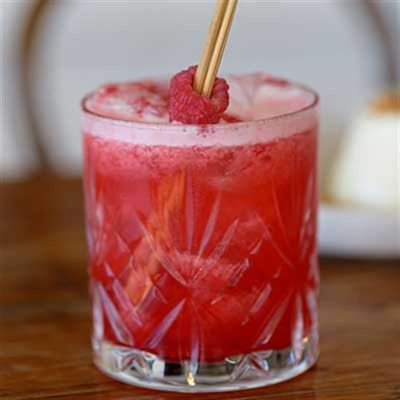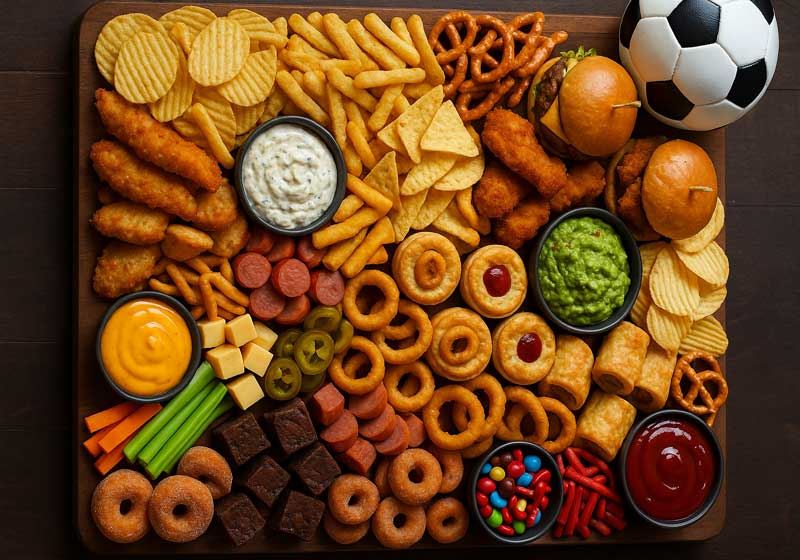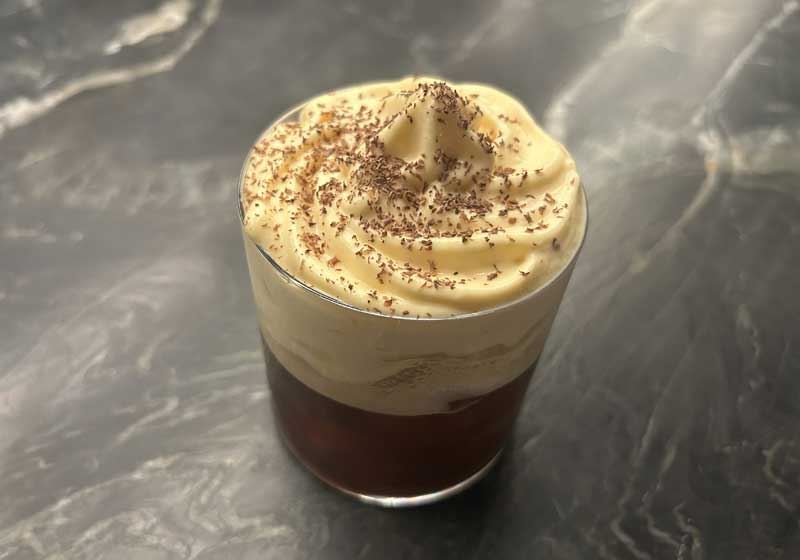
Mansaf Kharouf (Lamb on a Bed of Jewelled Rice) - Recipe by Karima Hazim Chatila & Sivine Tabbouch
6
Ingredients
1 whole lamb shoulder, cleaned of fat and cut into quarters (ask your butcher to do this)
For the marinade:
1 Tbs Sabaa Bharat (page 20)
1/2 Tbs paprika
Sea salt, to taste
1 tsp ground black pepper
120mL (1/2 cup) olive oil
Aromatics for the stock:
1 cinnamon stick
4 dried bay leaves
6 cardamom pods
2 star anise
2 dried limes
6 allspice berries
For the rice:
720g (4 cups) Indian basmati rice (parboiled Sella if available, otherwise regular basmati is fine)
1 Tbs ghee
1/2 tsp black pepper
1 tsp Sabaa Bharat (page 20)
Sea salt, to taste
6 cloves
1.4 L (6 cups) meat stock (from cooking the lamb shoulder)
60 g (1/2 cup) currants
For the nuts:
2 Tbs ghee
75 g (1/2 cup) halved almonds
60 g (1/2 cup) cashews
40 g (1/4 cup) pine nuts
Method
Put the trimmed lamb in a large mixing bowl. Add the marinade spices and olive oil and massage it well.
Place a large, heavy-based, flameproof casserole dish (Dutch oven) on a high heat, add 3 litres (12 cups) of water and bring to the boil. Add the aromatics for the stock and keep it boiling.
Place a large saucepan on a high heat. Take each piece of shoulder one at a time and let it sizzle for 3 minutes on each side until it forms a golden brown crust all around and you begin to see juices form in the pan. Once you sear each piece of lamb, place it directly in the large stock pot with the aromatics and boiling water. It is not important if you miss sections of the meat, just as long as most of it is seared.
Once you have browned all the meat, ladle one cup of the stock into the pan and stir in all the juices and pieces of meat before returning it to the casserole with the meat. Make sure the meat is completely submerged. If not, add more boiling water.
Bring the pot to the boil, uncovered, and skim off and discard any foamy scum that rises to the top. Reduce the heat until the water is boiling very gently, put the lid on and let it cook for up to 3 hours.
After 1 hour, use a knife to poke the limes to release their flavour. Remove any extra scum that rises during the first hour; the aim is to get the stock as clean as possible during the cooking process. The meat is ready when it is very soft and tender and falling off the bone when lifted from the pot. This is when you can use the stock for the jewelled rice. Turn the heat off and bring back to the boil to reheat later, if necessary.
Wash the rice as described on page 23. Place a deep (non-stick) saucepan on a high heat and heat the ghee until melted, add the rice and stir gently to coat it in the ghee. It’s really important you season your rice before adding any liquid, so add the spices and salt, followed by the cloves and then the stock.
Bring the pot to a boil, then turn down the heat, cover and simmer on low for 40–50 minutes, or until the rice is cooked through. Turn off the heat and leave covered to cool down slightly.
To prepare the nuts, place the ghee in a small frying pan (skillet) and fry the nuts one type at a time, in batches, until lightly golden and fragrant. The nuts cook at different times and temperatures so keep an eye on them and stir constantly. Once browned, remove with a slotted spoon and place in a bowl.
Once the rice has slightly cooled, scoop it onto a large serving dish, with elevated sides – not too deep but deep enough so that the rice doesn’t spill out. Add half of the nuts and currants and lightly toss them through the rice.
Using tongs, gently pull the meat out of the pot and lay the tender pieces all over the rice, pulling some of the larger chunks apart. I like to keep some of the meat pieces on the bone.
Adorn the meat with the rest of the nuts and currants and serve immediately.









